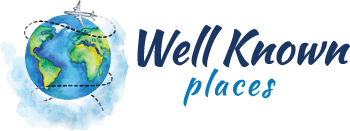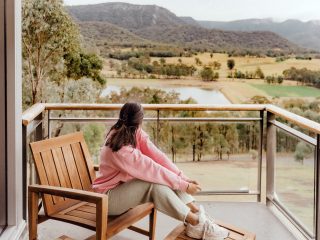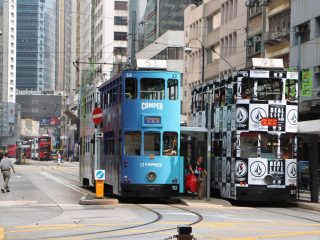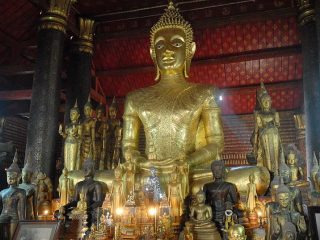The Golden Triangle is an area that intersects the boundaries of Thailand, Myanmar and Laos. The three countries are naturally bounded by the Mekong River and its tributary the Ruak. The town of Sop Ruak, in the city of Chiang Saen, sits at the very centre of this confluence, in the Chiang Rai province of Northern Thailand. Surrounded by picturesque hills and lush river banks studded with scenic temples and cultural settlements, the Golden Triangle is one of the foremost tourist attractions in modern Thailand.
However, more than the scenery and cultural heritage, the Golden Triangle is primarily infamous for having been an international hub of opium trafficking. In fact, the name itself was coined from a US State Department report about the illicit activities. Now that government crackdown has restored order, the area has become an unabashed showpiece of its former opium trade, its consequences and cultural legacy.
The two primary draws with regards to this somewhat dubious heritage are the Hall of Opium and the House of Opium. The latter is a privately managed museum that narrates the early history of poppy cultivation, the Opium War of the 19th century and the 20th century challenge of drug trafficking in the region, all of which are discussed and analyzed seriously. However, the establishment of the Hall of Opium sees this impressive exhibit upstaged. The museum is one of the best in the country, although lighter in tone than its predecessor. Devoted to the purpose of “edutainment”, the facility rather resembles a theme park, with multimedia exhibits pertaining to the history of opium, its process and production, the effects of its usage and an in-depth account of the CIA and government operations to battle the trafficking. There is even a small poppy plantation.
The Chiang Saen National Museum is also noteworthy in the realm of museums. The institution is a storehouse of ancient artefacts unearthed in the area, spanning a period of over 700 years. Its most significant exhibits comprise Buddhist icons, jewellery, masks and stone reliefs.
These artefacts are not the only evidence that attest to the area’s proud and long-spun history. A myriad of temples, well-preserved and ruined, ancient and modern, are scattered around the area, overlooking breathtaking sceneries of rivers and hills. Many open-air riverfront restaurants line the banks of either side, inviting tourists to absorb the panorama. The Triangle area is also jam-packed with stalls and vendors hawking a range of curios and souvenirs such as assorted handicrafts, silks and even silver opium pipes.
The most popular pastime of visitors to Sop Rouk is, naturally, boat trips. Long tail boats offer cruises along the Mekong River, taking passengers through a montage of quaint villages mounted on bamboo sticks as well as stretches of mountain and jungle. Passengers can also visit Dosao Island, which is, strictly speaking, Laotian territory. These trips are usually at least 3 hours long and best taken during the non-rainy seasons, as the rains can make the river currents dangerous.
Last but not least, the traveller who braves the 1800 ft. ascension up the mountain west of the Mae Sai border will find several breathtakingly beautiful rewards. From the two 10th century chedis to the Royal Villa, a museum honouring the Queen who largely spearheaded the anti-drug trafficking movement, there are several unlooked-for treasures to be found along this spectacular terrain, including landscaped gardens and a small zoo.
It is commonly known that the best way to access the Golden Triangle is from the cities of either Chiang Rai or its sister city Chiang Mai. Chiang Rai in particular, appearing 18 miles to the south of Sop Rouk, is considered the main commercial centre of the Golden Triangle. Chiang Rai hotels of all budget ranges and star classes are readily available here. Those looking for a luxury hotel in Chiang Rai are directed to the Anantara Golden Triangle, Thailand, an oasis of luxuriant relaxation surrounded by the rustic charm of the mountains.





